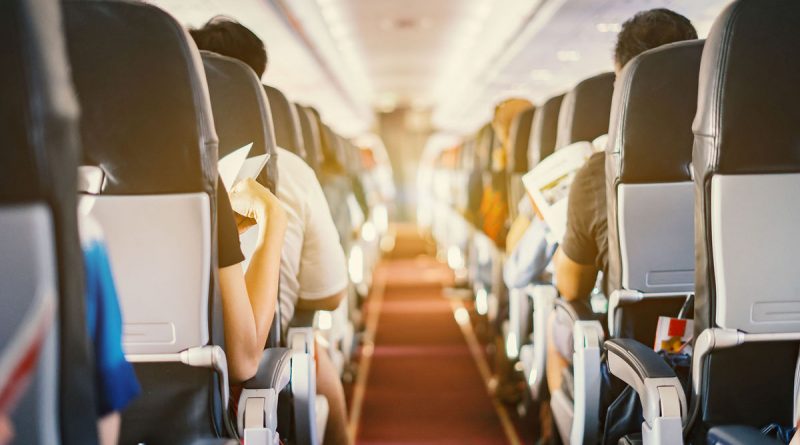Court rules that FAA isn't responsible for setting airplane seat standards
A federal appeals court has ruled that the FAA is not required to set a minimum seat size and minimum space between rows on commercial aircraft.
The ruling from a three-judge panel of the District of Columbia Circuit Court came in response to a January 2022 petition filed by the consumer advocacy group Flyers Rights, which sought to compel such action. Flyers Rights had asserted that under a provision of the 2018 FAA Reauthorization Act, the FAA must set seat size and seat spacing minimums.
The legislation stated that the FAA was required to issue such regulations “that are necessary for the safety of passengers.”
In an opinion written by Circuit Judge Justin Walker, the court concluded that Flyers Rights had failed to conclusively prove that small seats slow the exit of airline passengers in the case of an emergency. Walker also wrote that Flyers Rights had failed to show an indisputable connection between tight aircraft configurations and the development of blood clots.
“To be sure, many airline seats are uncomfortably small. That is why some passengers pay for wider seats and extra legroom,” the opinion reads. “But it is not ‘clear and indisputable’ that airline seats have become dangerously small. Unless they are dangerously small, seat-size regulations are not necessary for the safety of passengers.'”
In a statement, Flyers Rights president Paul Hudson called the ruling a misreading of the statute’s language.
“Congress made it clear that minimum seat standards are needed now,” he said. “The FAA used a narrow definition of safety that included emergency evacuations but excluded passenger health, crash safety and personal privacy.”
The ruling doesn’t necessarily mean that regulations on commercial aircraft configurations won’t be forthcoming. Last August, the FAA launched a formal regulatory review process by asking the public to provide comments on the safety impacts of existing seat widths, seat lengths and the space between rows. The agency is now reviewing over 26,000 comments it received on the matter to help it determine whether new regulatory standards are necessary.
Current regulations don’t dictate minimums for those dimensions, but do require that aircraft must be able to be evacuated within 90 seconds.
Last March, after a long delay, the FAA publicly released the results of evacuation tests it conducted from November 2019 through March 2020. The report stated that the cabin configurations currently flown by U.S. carriers do not impede evacuation progress for 99% of the American population. However, in a separate letter to lawmakers, then-FAA administrator Steve Dickson noted that the tests relied solely on able-bodied adults under age 60. No senior citizens, children or disabled individuals participated.
Flyers Rights contends that only 50% of the American public safely fit in airline seats under current configurations.
Source: Read Full Article



